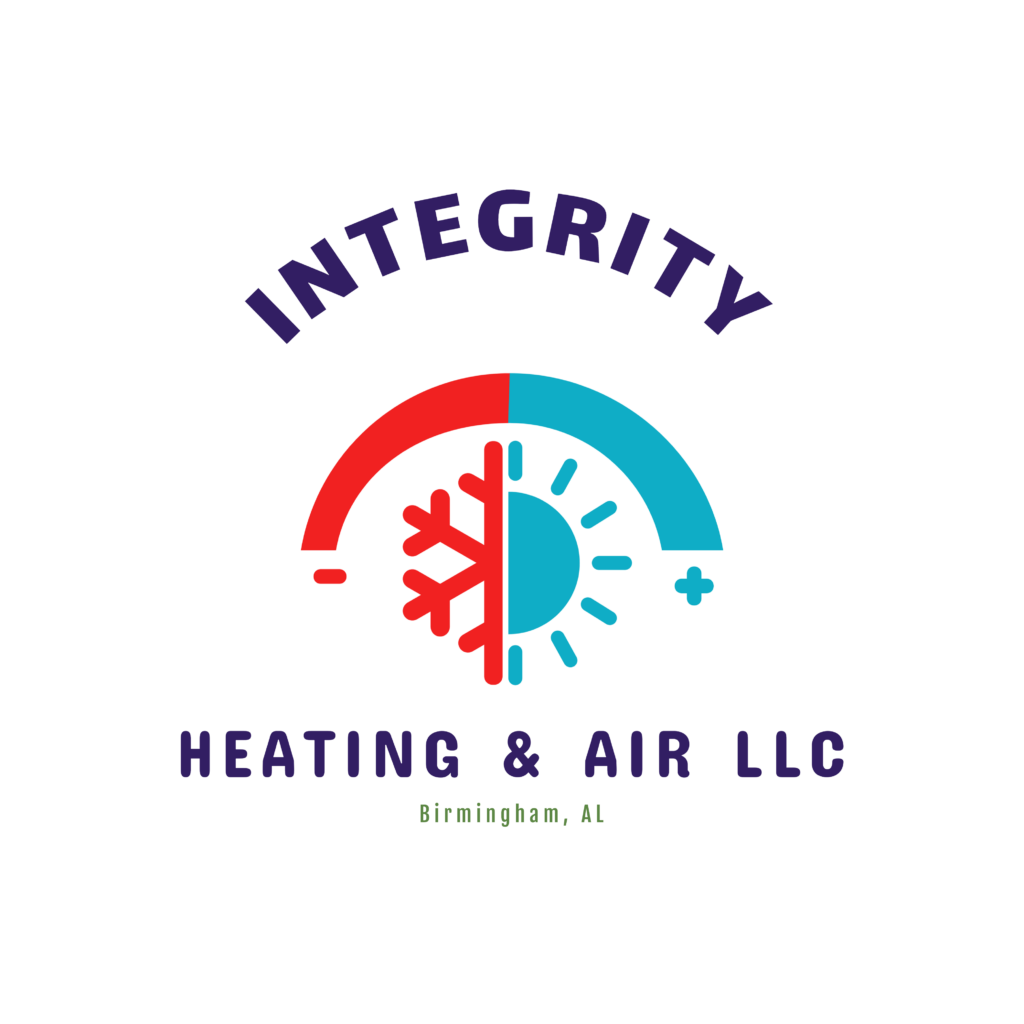Title: Tips for Maximizing HVAC Efficiency in Commercial Spaces
As businesses strive to optimize their operations and reduce costs, maximizing HVAC efficiency in commercial spaces has become a priority. A well-functioning HVAC system not only ensures a comfortable environment for employees and customers but also contributes to energy savings and environmental sustainability. In this blog post, we will discuss some key tips for maximizing HVAC efficiency in commercial spaces.
Regular Maintenance: One of the most important steps in maximizing HVAC efficiency is regular maintenance. Commercial HVAC systems should be inspected and serviced by qualified technicians at least twice a year. This includes cleaning or replacing air filters, checking refrigerant levels, inspecting ductwork, and ensuring that all components are functioning properly. Regular maintenance not only improves efficiency but also extends the lifespan of the HVAC system.
Invest in Energy-Efficient Equipment: Upgrading to energy-efficient HVAC equipment can significantly reduce energy consumption and lower utility costs. When replacing or installing new HVAC systems, businesses should consider investing in units with high SEER (Seasonal Energy Efficiency Ratio) ratings and ENERGY STAR certification. Additionally, variable refrigerant flow (VRF) systems and high-efficiency air handlers can provide better control over temperature and airflow, leading to enhanced efficiency.
Utilize Programmable Thermostats: Programmable thermostats allow businesses to set specific temperature schedules based on occupancy and usage patterns. By adjusting temperatures during non-operating hours or when the building is unoccupied, businesses can reduce unnecessary energy consumption. Some modern thermostats also offer remote access and smart features, allowing for greater control and energy savings.
Optimize Airflow and Ventilation: Proper airflow and ventilation are crucial for maintaining HVAC efficiency. Businesses should ensure that air vents and ductwork are clean and unobstructed to allow for optimal airflow. Additionally, implementing zoning systems can help direct air to specific areas based on occupancy and usage, reducing energy waste in unoccupied spaces.
Implement Building Automation Systems: Building automation systems (BAS) offer advanced control and monitoring capabilities for HVAC and other building systems. By integrating HVAC controls with lighting, occupancy sensors, and other building systems, businesses can achieve greater energy efficiency and operational optimization. BAS also provide data analytics and insights to identify opportunities for further efficiency improvements.
Train Staff on Energy-Saving Practices: Educating and training staff on energy-saving practices can contribute to maximizing HVAC efficiency. Simple actions such as keeping doors and windows closed, using natural ventilation when possible, and avoiding unnecessary use of heating or cooling can make a difference in energy consumption.
In conclusion, maximizing HVAC efficiency in commercial spaces is essential for reducing operating costs and environmental impact. By prioritizing regular maintenance, investing in energy-efficient equipment, utilizing programmable thermostats, optimizing airflow and ventilation, implementing building automation systems, and promoting energy-saving practices among staff, businesses can achieve significant improvements in HVAC efficiency. Ultimately, these efforts not only contribute to cost savings but also align with sustainable and responsible business practices.
By implementing these tips, businesses can create a more comfortable and efficient working environment while reducing their carbon footprint and energy expenses. Maximized HVAC efficiency is a win-win for both businesses and the environment.

